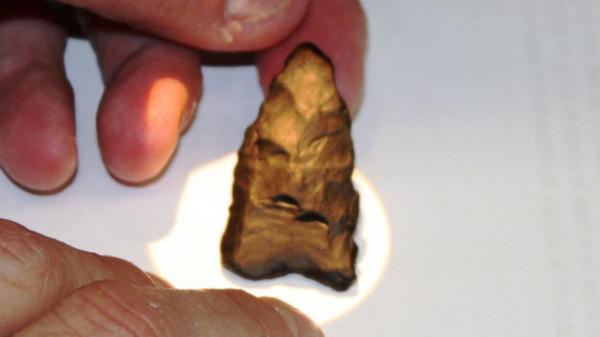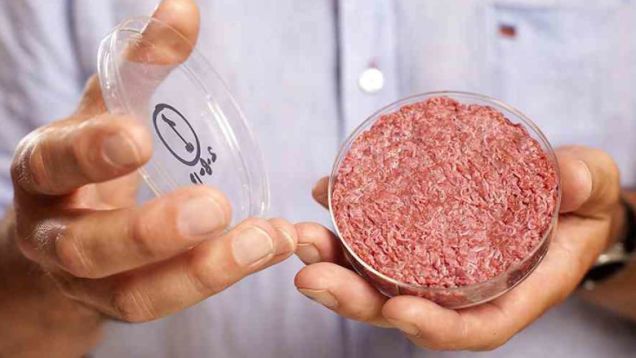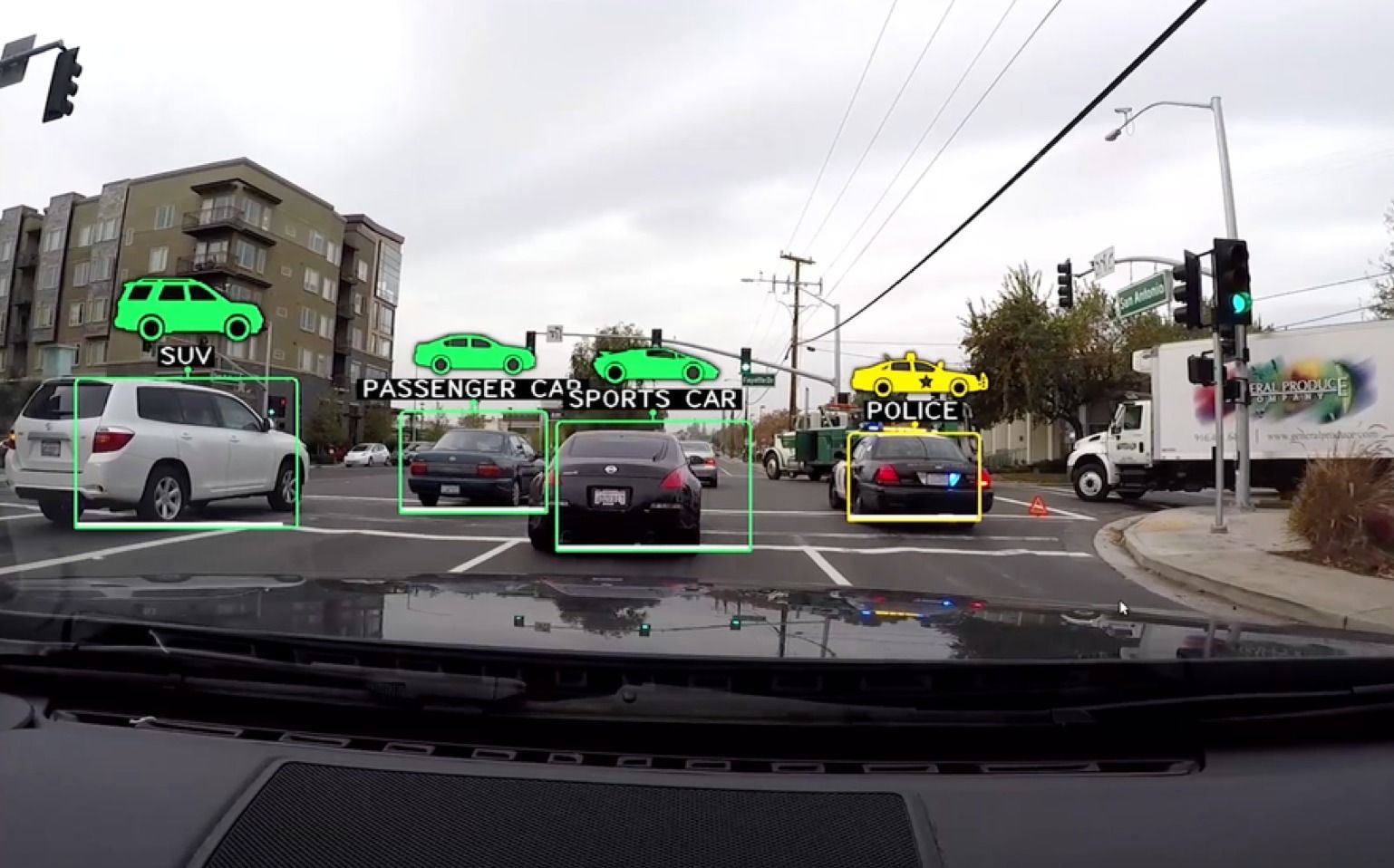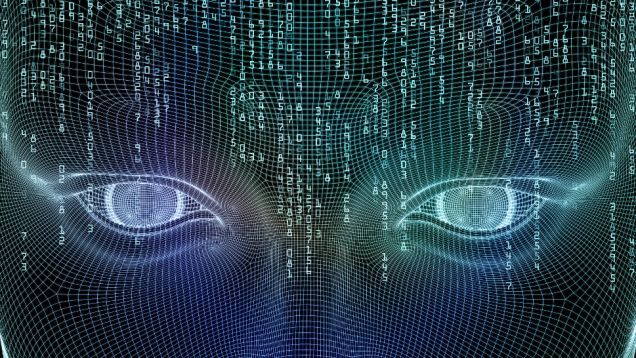Oct 17, 2015
Beachgoer Discovers 10,000-Year-Old Spearhead That May Hold Clues to Prehistoric Life in NJ
Posted by Sean Brazell in category: education
While walking along the Jersey Shore, a woman recently stumbled upon a rare spearhead about 10,000 to 11,000 years old, according to experts who believe the ancient artifact may hold clues into prehistoric life in the Americas.
The projectile point was examined this past Tuesday by curators at the New Jersey State Museum after Audrey Stanick — a 58-year-old resident of Lanoka Harbor, New Jersey — made the discovery on Oct. 6 while walking along a Seaside Heights beach with her sister looking for sea glass after a recent storm.
“I noticed it because it was very dark and shiny, and my sister from Florida who likes to collect sharks’ teeth taught me to always look out for dark and shiny things at the beach,” Stanick said. “Then, I remembered a boy made a similar discovery last year, so I got in contact with the museum.”








 Listen/View
Listen/View







